Home>Home Maintenance>How To Grade Drainage Away From The House
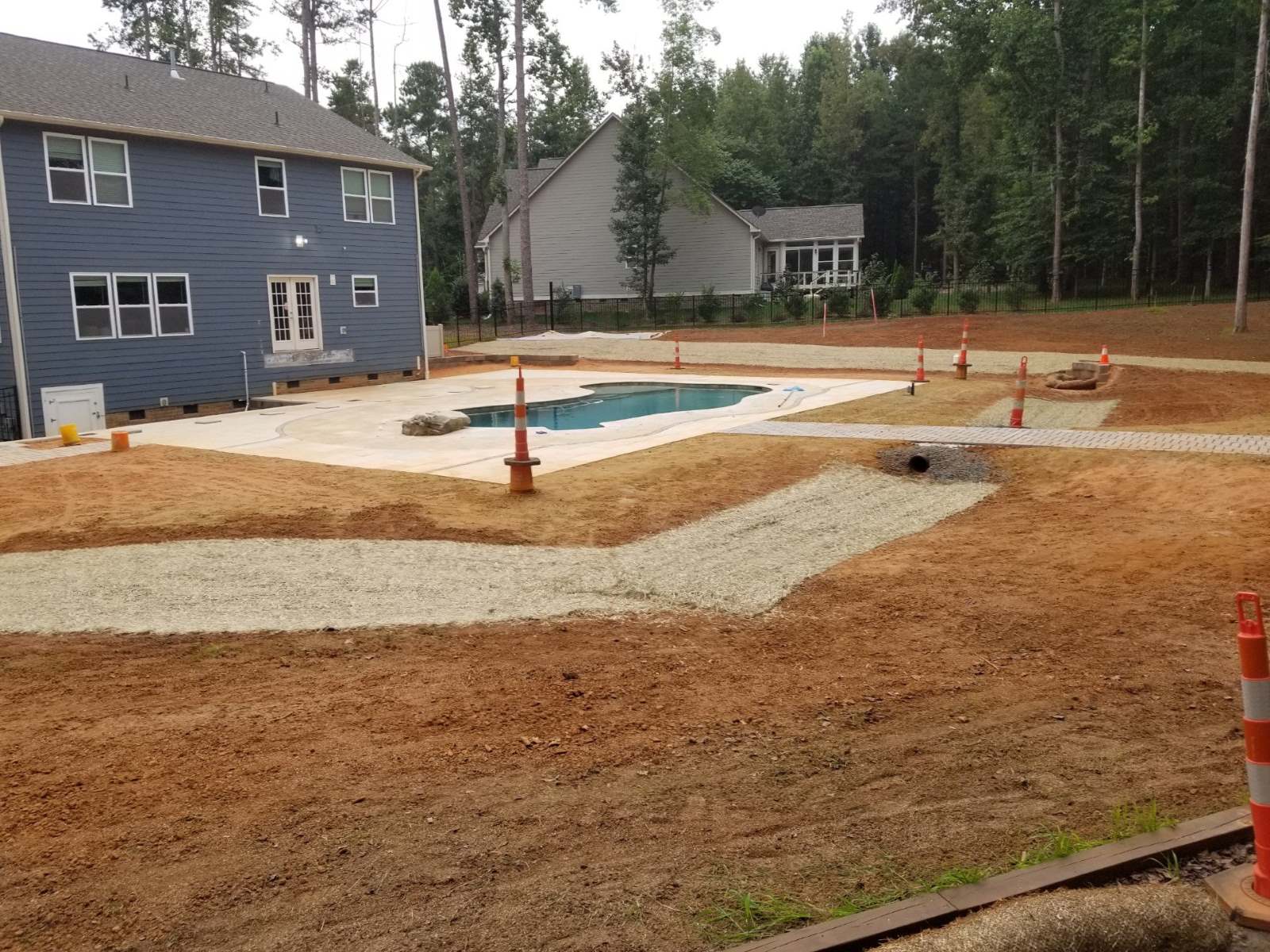

Home Maintenance
How To Grade Drainage Away From The House
Modified: March 7, 2024
Learn how to effectively grade drainage away from your house to prevent water damage and ensure proper home maintenance.
(Many of the links in this article redirect to a specific reviewed product. Your purchase of these products through affiliate links helps to generate commission for Storables.com, at no extra cost. Learn more)
Introduction
Welcome to our comprehensive guide on how to grade drainage away from the house. Proper drainage is an essential aspect of home maintenance that often goes overlooked. If not addressed, poor drainage can lead to a range of issues, including a wet basement, foundation damage, and even mold growth.
In this article, we will explore the importance of grading drainage away from the house, provide a step-by-step guide on how to do it correctly, and offer tips for long-term maintenance. Whether you are a homeowner or a DIY enthusiast, the information provided here will equip you with the knowledge and tools necessary to effectively mitigate drainage problems and protect the integrity of your home.
So, let’s dive in and learn how proper grading can ensure that water flows away from your house, keeping it safe, dry, and structurally sound.
Key Takeaways:
- Proper grading drainage away from the house is crucial to prevent water accumulation, basement flooding, and mold growth, ensuring a safe and dry home.
- Regular maintenance, including inspecting the yard, monitoring downspouts, and maintaining landscaping, is essential for sustaining effective drainage and protecting the home from potential water damage.
Read more: How To Create Drainage Away From The House
Importance of Grading Drainage Away from the House
Proper grading is crucial for diverting water away from your house and preventing damage to your foundation, basement, and overall structural integrity. Here are a few key reasons why grading drainage away from the house is so important:
1. Prevents Water Accumulation
When water accumulates near the foundation of your house, it can seep into the ground, saturate the soil, and eventually reach the foundation walls. Over time, this water infiltration can lead to cracks, leaks, and even structural damage. By establishing the correct slope for your yard, you can ensure that water flows away from the house instead of pooling around it.
2. Protects Your Basement
A properly graded yard will prevent water from entering your basement. If the soil around your house is sloped away, rainwater and melting snow will be directed away from your foundation walls, reducing the risk of basement flooding and water damage.
3. Deters Mold Growth
Excessive moisture in and around your house can create the perfect environment for mold and mildew growth. By grading your yard to promote proper drainage, you can minimize moisture levels and prevent the onset of mold-related issues, which can negatively impact your indoor air quality and pose health risks.
4. Preserves the Foundation
The foundation of your home is its structural backbone, and any damage to it can have disastrous consequences. By effectively grading your yard, you can prevent excessive water accumulation that could compromise the stability and integrity of your foundation. This proactive measure can save you from expensive foundation repairs in the future.
Now that we understand the importance of grading drainage away from the house, let us move on to assessing your existing drainage situation and identifying any potential issues.
Assessing the Existing Drainage Situation
Before you begin grading drainage away from your house, it is important to assess the existing drainage situation. By understanding the current state of your property’s drainage, you can identify any problem areas and determine the appropriate course of action. Here are some steps to help you assess your drainage situation:
1. Observe Water Flow
During a heavy rainstorm or after watering your lawn, take the time to observe how water flows on your property. Pay attention to any areas where water pools or accumulates near your foundation or in your yard. These are potential trouble spots that require attention.
2. Check for Standing Water
Walk around your property and look for any signs of standing water. This could indicate poor drainage or areas that are not sloped properly. Standing water can be a breeding ground for insects, promote soil erosion, and ultimately cause damage to your home.
Read more: How To Slope Drainage From Your House
3. Inspect the Foundation
Examine your foundation walls for any signs of water damage, such as cracks or discoloration. These may indicate water seepage and poor drainage. It is important to address these issues promptly to prevent further damage to your foundation.
4. Consider the Landscaping
Take a close look at the landscaping around your house. Are there any slopes or hardscapes that are directing water towards the foundation? Are there any areas where the soil is eroding or being washed away? These are indications of poor drainage that need to be addressed during the grading process.
5. Consult with Professionals
If you are unsure about the severity of your drainage issues or need expert advice, consult with a professional landscaper or drainage contractor. They can assess your property, identify any underlying problems, and provide recommendations for improvement.
By thoroughly assessing your existing drainage situation, you will be better equipped to tackle the grading process and ensure effective water flow away from your house. Next, we will discuss the tools and materials you will need for grading drainage.
Tools and Materials Needed
Now that you have assessed your existing drainage situation, it’s time to gather the necessary tools and materials for grading drainage away from your house. Here are the essential items you will need:
Read more: How To Extend Gutters Away From House
1. Shovel
A sturdy shovel is essential for digging and moving soil. Look for a shovel with a strong handle and a sharp blade to make your grading work easier and more efficient.
2. Wheelbarrow
A wheelbarrow will come in handy for transporting soil, rocks, and other materials during the grading process. It will save you time and effort, especially when working with large quantities of soil.
3. Level
A level is essential for ensuring that your grading is even and properly sloped away from the house. A long bubble level or a laser level will provide accurate measurements and help you achieve the desired slope.
4. Rake
Use a rake to smooth out the soil after grading and remove any debris or rocks. This will help create a level surface with proper drainage.
Read more: How To Find Drainage Tile From The House
5. Tarp or Dropcloth
Place a tarp or dropcloth nearby to collect and contain any excess soil or debris. This will make the cleanup process easier and prevent the spread of dirt around your property.
6. Drainage Pipe or French Drain System (if needed)
If you are dealing with persistent drainage issues, you may need to install a drainage pipe or a French drain system. These will help redirect water away from your house and prevent it from pooling near your foundation.
7. Soil Amendments
Depending on your soil composition, you may need to incorporate soil amendments such as compost or sand to improve drainage. These amendments can help break up clay soil and improve its ability to drain excess water.
8. Grass Seed or Sod (optional)
If you need to reseed or fill in any bare patches in your yard after grading, consider having grass seed or sod on hand. This will help restore the aesthetic appeal of your lawn once the grading is complete.
With these tools and materials ready, you are now prepared to begin the step-by-step process of grading drainage away from your house. We will guide you through each stage to ensure a successful outcome. Let’s get started with the grading process!
Read more: How To Fix Chimney Pulling Away From House
Step-by-Step Guide for Grading Drainage Away from the House
Grading drainage away from your house requires careful planning and execution. Follow these step-by-step instructions to ensure proper water flow and prevent drainage issues:
1. Plan your slope
Determine the appropriate slope for your yard. The general rule of thumb is a minimum slope of 1 inch per foot for the first 10 feet away from your house. This gradual slope will allow water to flow away from your foundation effectively.
2. Mark the grade
Use stakes and string to mark the desired grade. Place stakes along the perimeter of your property, leaving a gap of 10 feet between them. Tie string from one stake to the next, creating a level guide for the slope.
3. Begin digging
Start digging a trench along the marked grade. Begin at the lowest point of your yard and work your way towards the stakes. Dig the trench to a depth of at least 6 inches, removing any existing grass, plants, or debris in the process.
4. Check for levelness
Use a level to ensure that the trench is evenly sloped. Lay the level across the trench and adjust as needed until you achieve a consistent slope away from the house.
5. Fill with soil
Fill the trench with soil, compacting it gently as you go. Ensure that the soil is sloped away from the house and is level with the surrounding terrain. Use the rake to smooth out the surface and remove any bumps or uneven spots.
6. Consider drainage solutions
If you have persistent drainage issues, consider installing a drainage pipe or a French drain system. Consult with a professional or follow manufacturer instructions for proper installation.
7. Seed or sod (optional)
If you removed grass or plants during the grading process, consider seeding or laying sod to restore the appearance of your lawn. Follow the recommended instructions for the type of grass or sod you choose.
Read more: How To Design A Builder-Grade House
8. Water and monitor
Water the graded area lightly to help settle the soil and aid in the establishment of any newly seeded grass. Regularly monitor the drainage to ensure that water flows away from your house as intended.
By following these step-by-step instructions, you can effectively grade drainage away from your house and prevent potential water damage. However, keep in mind that larger or complex grading projects may require professional assistance. Now let’s address some common issues and troubleshooting tips to help you overcome any challenges you may encounter.
Common Issues and Troubleshooting
While grading drainage away from the house is a relatively straightforward process, there are some common issues that you may encounter. Here are a few common problems and troubleshooting tips to help you overcome them:
1. Insufficient slope
If you notice that water is still pooling near your house after grading, it may indicate an insufficient slope. In this case, you will need to re-grade the area, ensuring that the slope is at least 1 inch per foot for the first 10 feet away from the house.
2. Soil erosion
If you notice soil erosion or washouts occurring in your graded area, it may indicate that the soil is not compacted enough or that the slope is too steep. To address this issue, add more soil and compact it carefully to help stabilize the area. Consider using erosion control methods such as mulch or erosion control blankets to prevent further erosion.
Read more: How To Design Drainage For A House
3. Standing water
If you still have standing water in certain areas despite proper grading, it may be due to a high water table or a naturally low-lying area. In these cases, installing additional drainage solutions such as a French drain or a catch basin can help divert water away from problem areas.
4. Poor soil drainage
If you have consistently soggy or poorly draining soil, it may require additional soil amendments. Incorporate organic matter such as compost or sand into the soil to improve its drainage capabilities. You may also need to consider incorporating drainage pipes or solutions to improve water flow.
5. Runoff onto neighboring properties
Ensure that your graded slope is directing water away from your house without causing runoff onto neighboring properties. If you notice excess water flowing onto nearby yards or driveways, you may need to adjust your grading or install additional measures such as swales or berms to divert the water appropriately.
6. Seek professional assistance
If you encounter persistent issues or feel overwhelmed by the grading process, do not hesitate to seek professional assistance. A landscaping professional or a drainage contractor can assess your situation and provide expert guidance and solutions tailored to your specific needs.
By being aware of these common issues and having troubleshooting strategies in mind, you can address any challenges that arise during the grading process. With proper maintenance, you can ensure the longevity and effectiveness of your drainage solution.
Now that you are equipped with the knowledge to address common issues, let’s move on to discussing how to maintain proper drainage in the long term.
Read more: When Grading A Landscape Site Around A House, What Pattern Of Drainage Should Be Maintained
Maintaining Proper Drainage in the Long Term
Grading drainage away from the house is not a one-time task; it requires ongoing maintenance to ensure its effectiveness in the long term. Here are some tips for maintaining proper drainage in your yard:
1. Regularly inspect your yard
Periodically inspect your yard for any signs of standing water, soil erosion, or drainage issues. Address these issues promptly before they worsen and cause damage to your home. Clear any debris or blockages that may impede water flow in your drainage system.
2. Monitor downspouts and gutters
Ensure that your downspouts and gutters are clear of leaves, debris, or any obstructions that may prevent proper water drainage. Regularly clean them and consider installing gutter guards to minimize clogs. Redirect downspouts away from the foundation and towards areas with proper grading to prevent water pooling near the house.
3. Maintain your landscaping
Maintaining healthy vegetation can help with water absorption and prevent erosion. Regularly water your plants and grass to encourage deep root growth, which aids in drainage. Trim trees and shrubs to prevent them from blocking or impeding water flow.
Read more: What Is My House’s Standard Drainage Size
4. Consider landscape adjustments
If you notice recurring drainage issues in specific areas, you may need to make further landscape adjustments. Install additional drainage solutions such as surface or subsurface drains, swales, or dry wells. Consult with a professional landscaper or drainage expert to determine the best course of action for your specific situation.
5. Plan for heavy rainfall
Be prepared for heavy rainstorms by ensuring that your yard can handle the excess water. Consider creating designated areas for water detention or retention, such as rain gardens or catch basins. These features can help manage excessive runoff and prevent property damage.
6. Amend soil as needed
Continue to monitor your soil for proper drainage. If you notice persistent issues with standing water or poor absorption, consider adding organic matter or soil amendments to improve the soil structure and drainage capabilities.
7. Regular maintenance of drainage systems
If you have installed drainage systems like French drains or drainage pipes, make sure to inspect and clean them regularly. Remove any debris or sediment that may accumulate over time, as it can impede water flow and render the system ineffective.
By following these maintenance tips, you can ensure that your grading and drainage systems remain effective in the long term, protecting your home from potential water damage.
Now that we have discussed the importance of grading drainage away from the house, assessed the existing drainage situation, provided a step-by-step guide, addressed common issues, and shared maintenance tips, you are well-equipped to tackle any drainage challenges that may arise. With proper attention and care, you can enjoy a dry and structurally sound home for years to come.
Remember, if you feel overwhelmed or unsure at any point, do not hesitate to consult with professionals for expert guidance and assistance. Happy grading!
Conclusion
In conclusion, grading drainage away from the house is a crucial aspect of home maintenance that should not be overlooked. Proper grading ensures that water flows away from your house, preventing potential issues such as foundation damage, basement flooding, and mold growth.
By following the step-by-step guide outlined in this article, you can effectively grade your yard to achieve the desired slope and proper water flow. Assessing the existing drainage situation, gathering the necessary tools and materials, and troubleshooting common issues are all essential steps to ensure the success of your grading project.
Furthermore, maintaining proper drainage in the long term is necessary to sustain the effectiveness of your grading efforts. Regular inspection of your yard, monitoring downspouts and gutters, maintaining your landscaping, and making necessary adjustments will help prevent drainage issues from reoccurring.
Remember, seeking professional assistance when needed is always a viable option. A landscaping professional or a drainage contractor can provide valuable insights and expertise tailored to your specific situation.
By taking the time to grade drainage away from your house and properly maintaining it, you are investing in the protection and longevity of your home. You can enjoy a dry and structurally sound home, free from the potential damages and health risks associated with poor drainage.
We hope this comprehensive guide has equipped you with the necessary knowledge and confidence to tackle your drainage grading project effectively. Remember to be mindful of slope, water flow, and potential issues as you begin your journey towards a water-resistant home.
Now, go forth and create a safe and dry environment by grading drainage away from your house. Your home will thank you for it!
Frequently Asked Questions about How To Grade Drainage Away From The House
Was this page helpful?
At Storables.com, we guarantee accurate and reliable information. Our content, validated by Expert Board Contributors, is crafted following stringent Editorial Policies. We're committed to providing you with well-researched, expert-backed insights for all your informational needs.
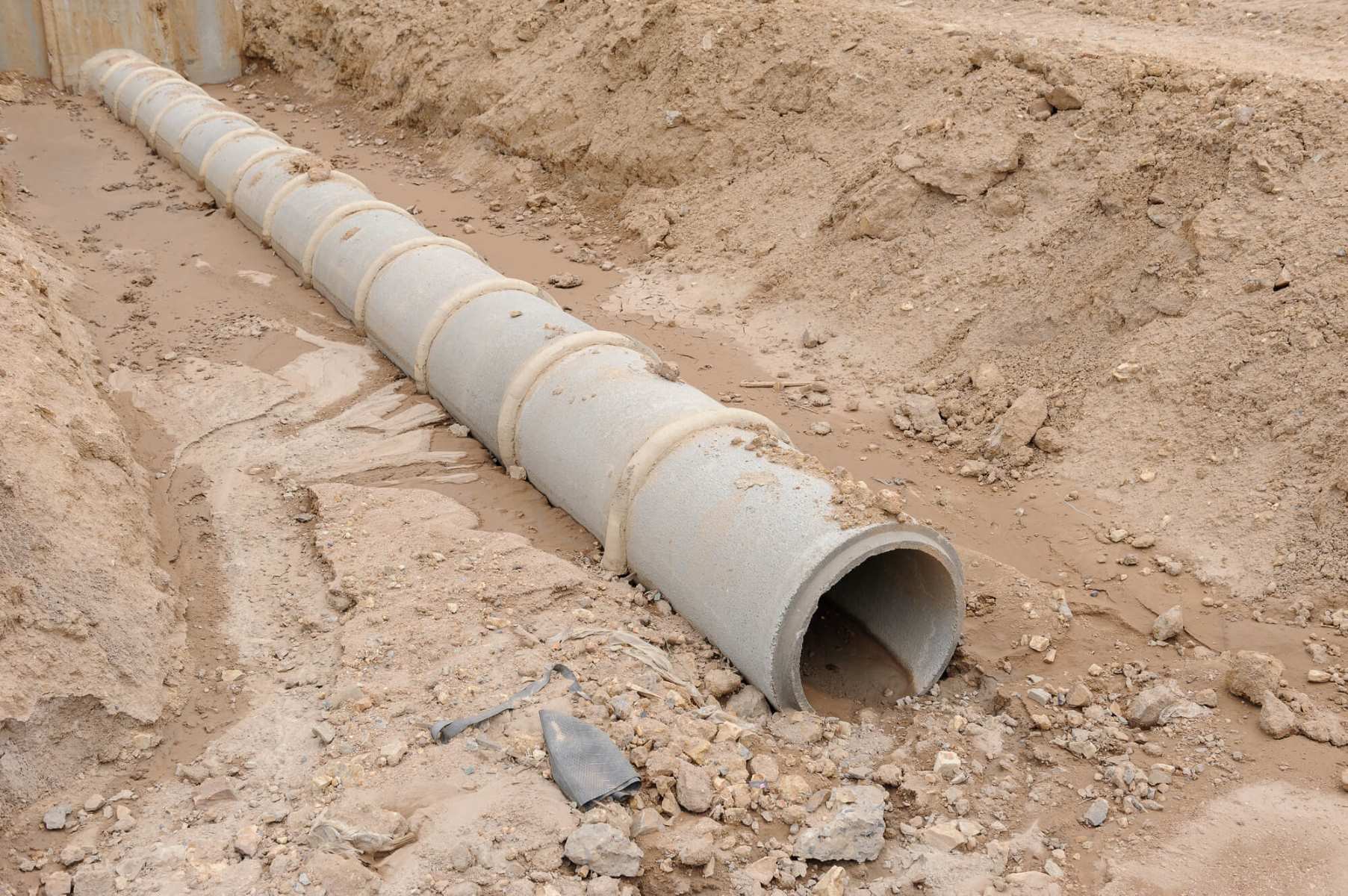
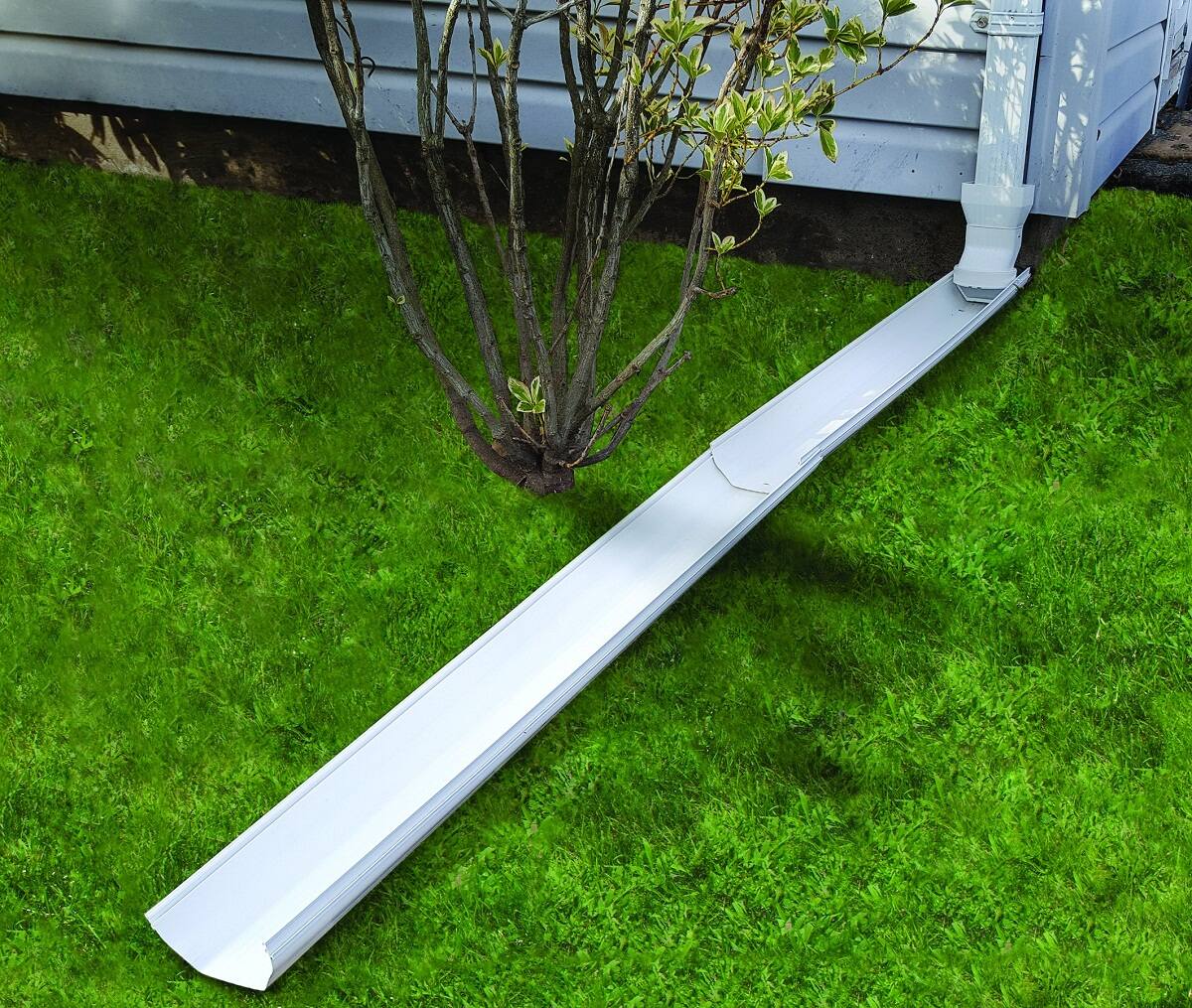
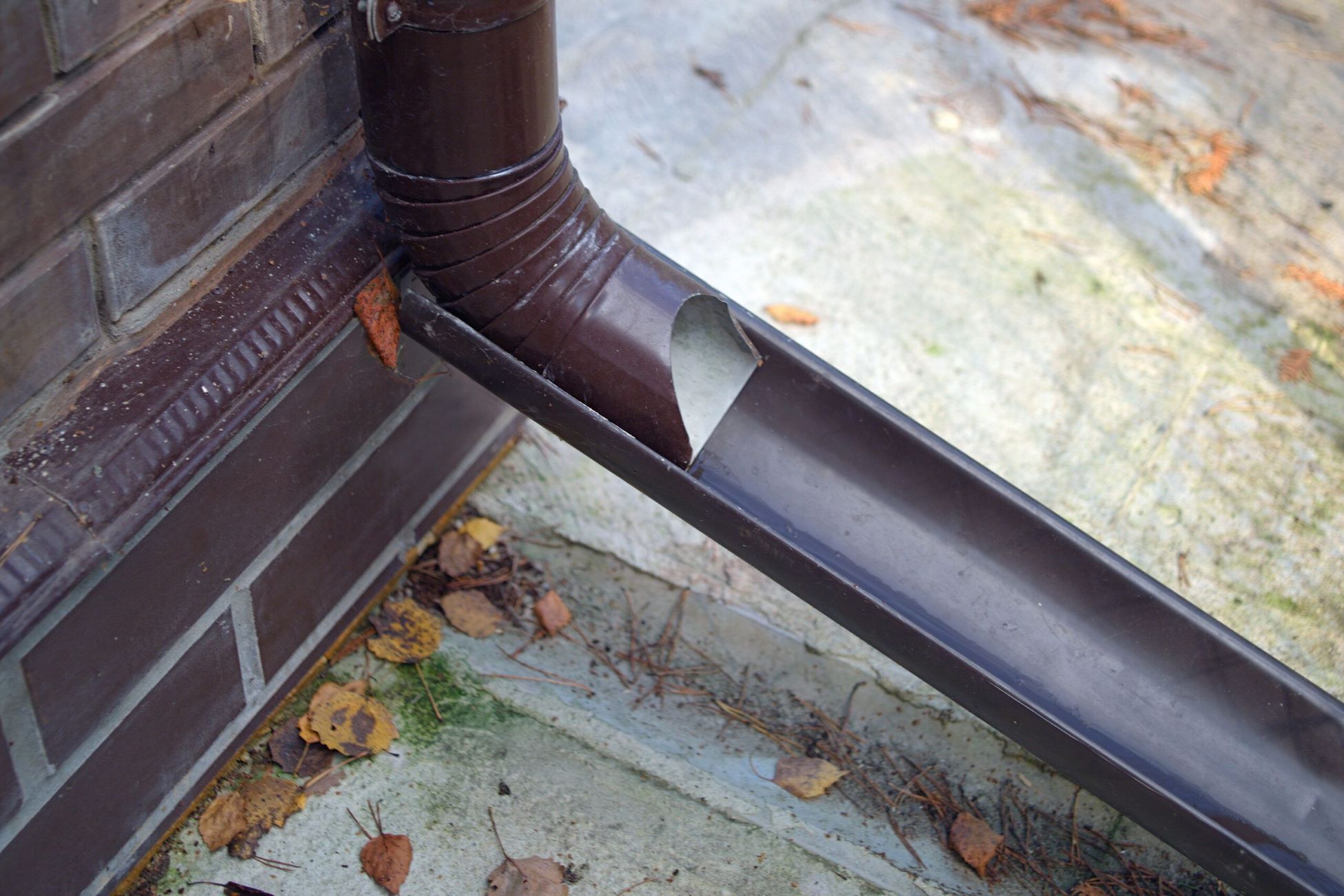
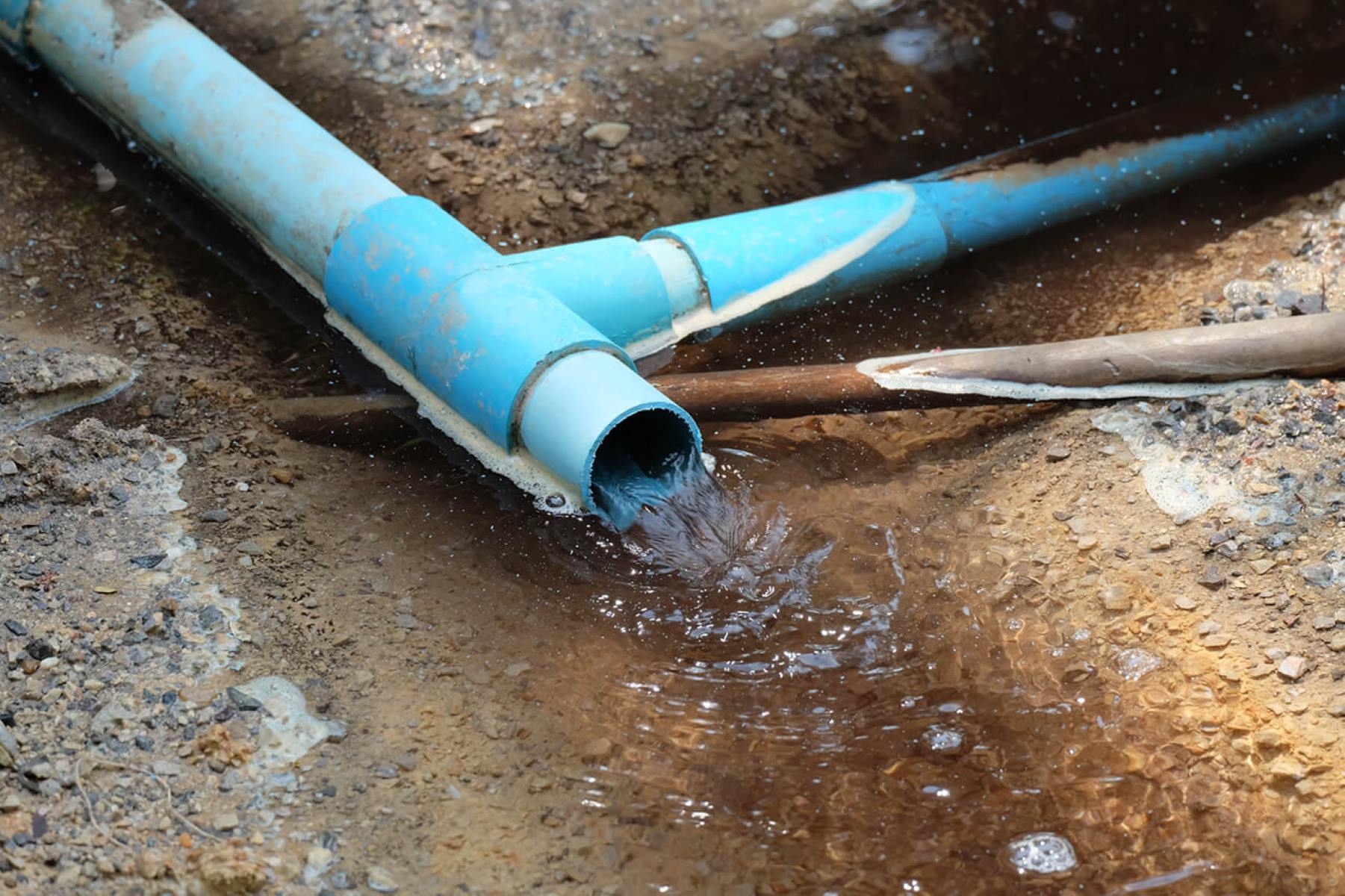

0 thoughts on “How To Grade Drainage Away From The House”